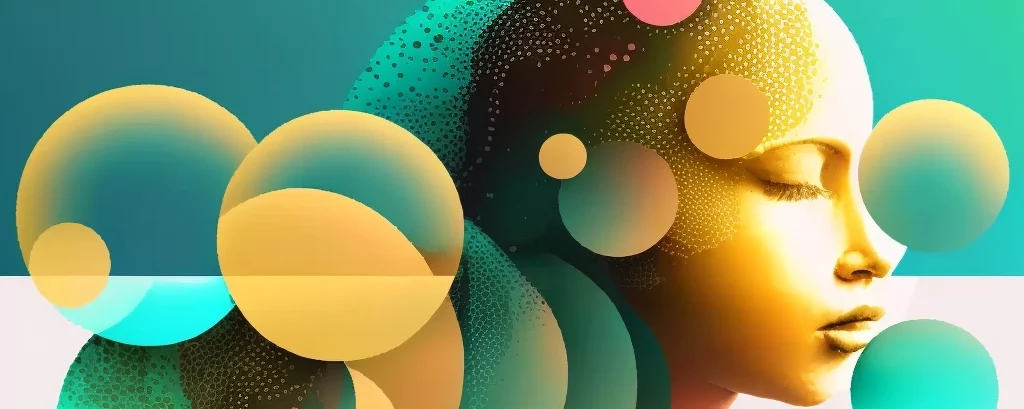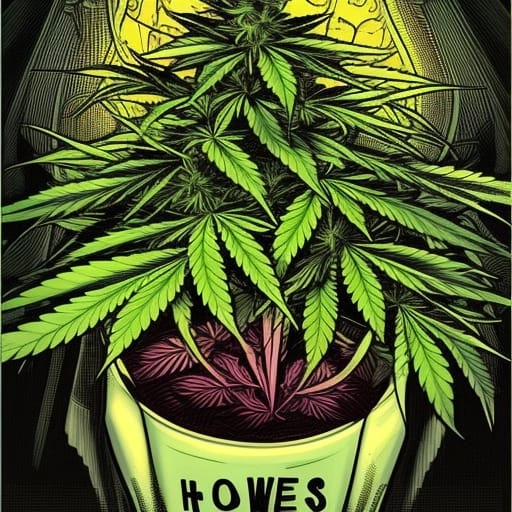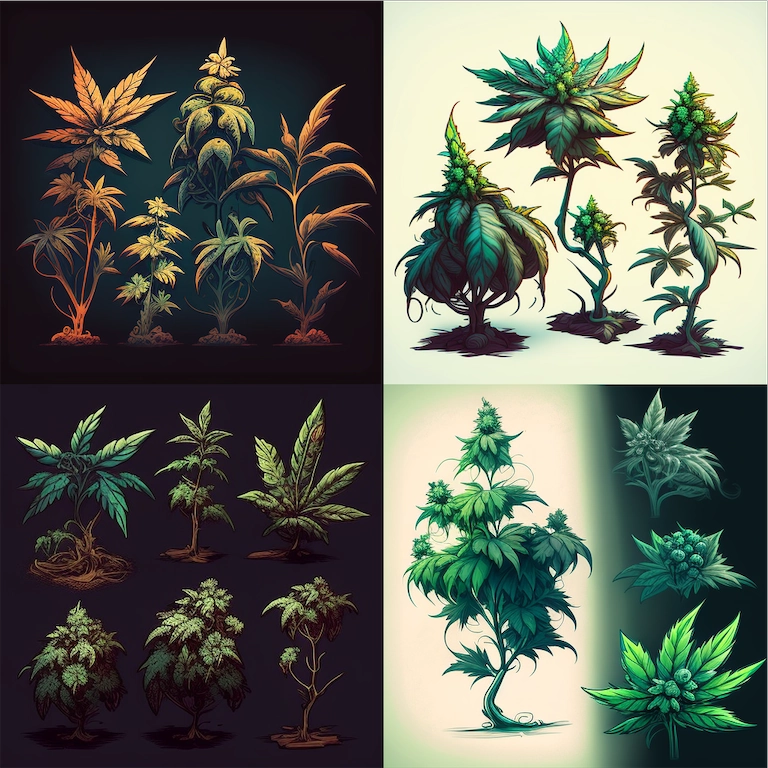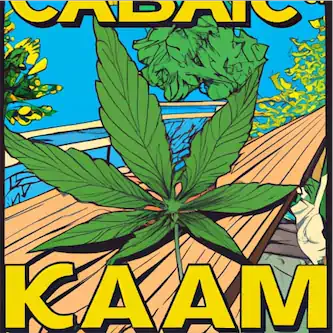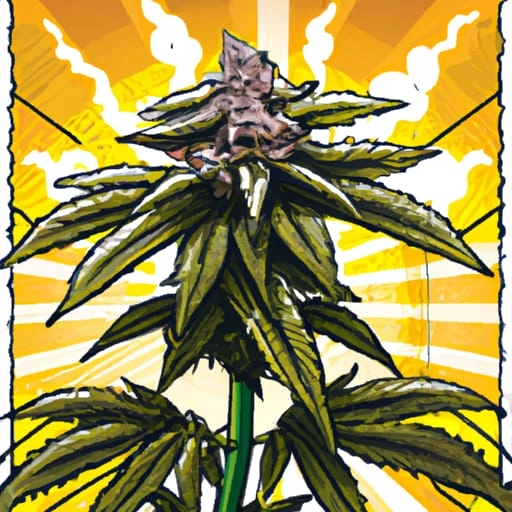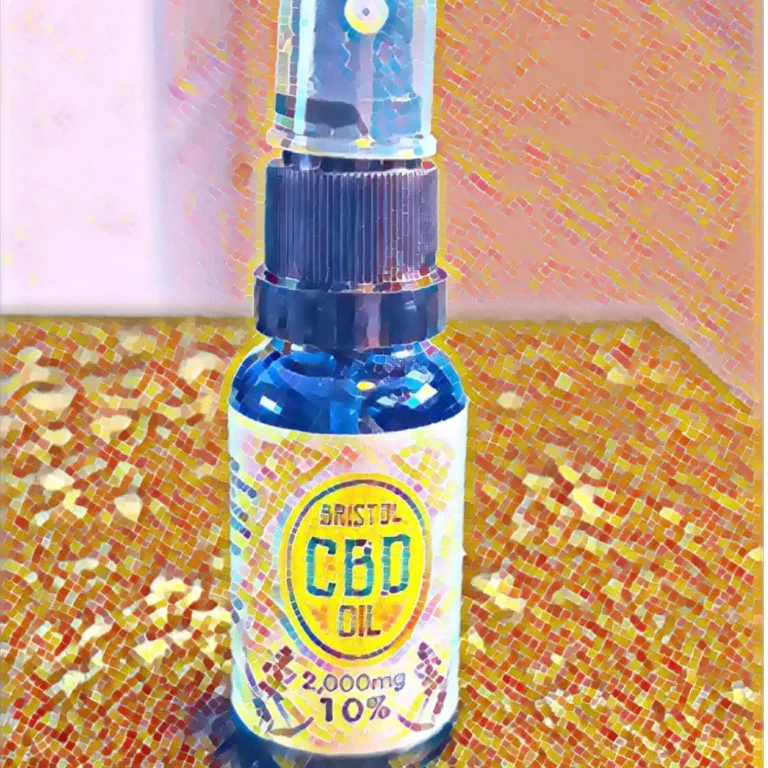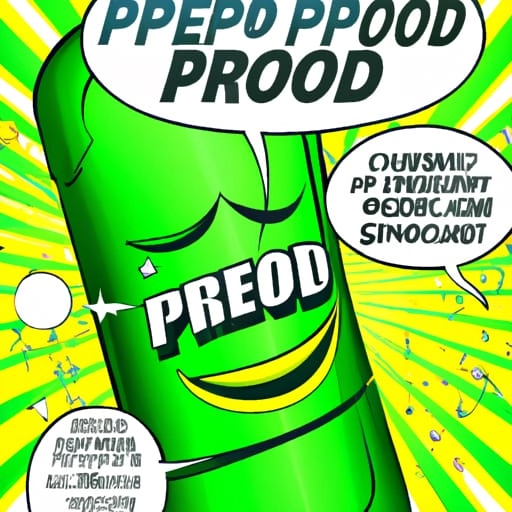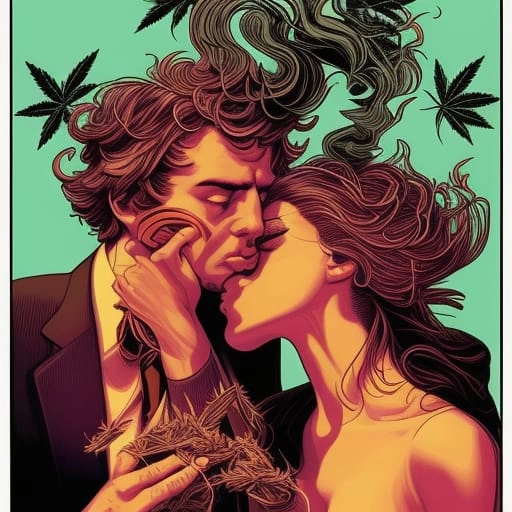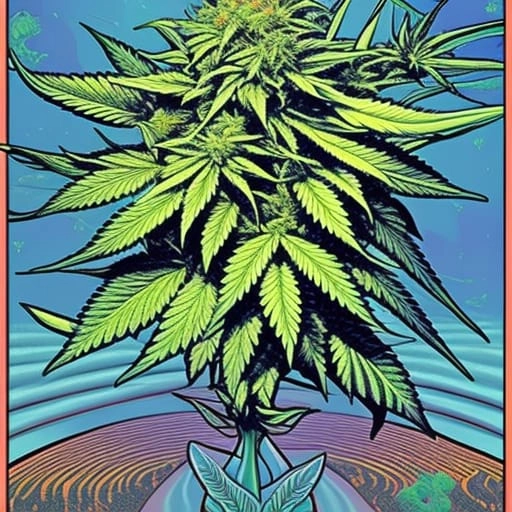
What is the best CBD THC ratio for sleep? Cannabis Questions
Did you know cannabis has sleep-inducing effects? It’s true, and for centuries, cannabis was used by ancient civilizations to induce sleep and treat insomnia. In fact, cannabis is still used today to help people sleep
But with so much talk of cannabis legalization and medical marijuana in the media, many of us are left wondering: what’s the best THC / CBD ratio for sleep? Is cannabis safe to consume while sleeping? And if yes, how much of it should we consume? How do cannabis. products – the different strains and edibles affect your sleep quality? In this blog, we’ll be answering all your burning questions. Let’s get into it!
What is Medical Marijuana?
Medical Marijuana and Medical Marijuana Products are derivatives of the cannabis plant (also known as the hemp plant) which are used for the treatment of medical conditions not for recreational use. Medical cannabis is not smoked or eaten for its intoxicating effects but for its health benefits, such as better sleep, pain management, helping with neuropathic pain and anxiety disorders.
The cannabis plant has been little studied because up until recently its use was illegal, but now people are starting to see is therapeutic properties.
Medical marijuana is used to treat various medical conditions, such as chronic pain, nausea, and insomnia. Medical marijuana has the potential to relieve these symptoms better than prescription drugs. It can also help with sleep disorders, such as insomnia, because it can make people sleepy.
Of course, cannabis users have been aware of these medical benefits for many years, but it’s only now with the growth in the cannabis industry that these potential benefits are being brought to the wider public.
Learning About THC, CBD and Terpenes
Cannibinoids are extracted from the Cannabis plant (also called hemp or marijuana and a hundred other names)
THC (tetrahydrocannabinidiol) and CBD (cannabidiol) are both cannabinoids which are extracted from the plant. But we have an internal endocannabinoid system where our body makes small amounts of similar molecules which bound to cannabinoid receptors in our bodies and in our nervous system.
THC and CBD are compounds similar to the molecules that naturally occur in in our bodies. Because of that, they bind to the receptors in our nervous system and body that our natural molecules do. Both THC and CBD have medical effects. However, there are important differences between them.
More than 100 other cannabinoids have been found besides THC and CBD.
Terpenes are molecules found in many plants. It used to be thought that they didn’t do anything, but now research is suggesting they are active as well. Terpenes are the elements that give flavour and taste to plants, including cannabis.
Terpenes such as myrcene, linalool, and limonene have been shown to help improve sleep quality. Additionally, different strains of cannabis may also affect sleep quality differently. I
THC is better known for its psychoactive effects. THC is the part of the cannabis plant that creates a feeling of euphoria and gets you high. This may be because it causes an increase in dopamine — our body’s feel-good neurotransmitter.
CBD does not create a ‘high feeling’ but it does create relaxation and help with sleep disturbances, probably because it actives the GABA system which is the calm-down neurotransmitter.
As well as the effect on mood and brain, cannabinoids also reduce inflammation in the body and thus help with pain relief.
To confuse things further, there’s also CBN (cannabinol), also derived from the hemp plant. It is similar to CBD (cannabidiol) and binds where CBD binds, but its effects are similar but they are not the same. It has been less popular and so less is known about it.
And then there’s Cannabigerol (CBG) another cannabinoid, also much less known than THC and CBG. Like CBD, it does not have THC’s effects of intoxication or giving a high. Lots is claimed for it, but little is really known. It appears to be the precursor to other cannibinoids like CBD.
Cannabis Strains and Edibles
Cannabis strains and edibles can be tailored to suit a variety of needs.
See this article about different strains of cannabis, meant for smoking.
Some people don’t smoke and so they consume cannabis products either as edibles (CBD gummies very often) or oils or cannabis tinctures that they spray under their tongue, or as pastes, which they also hold in the mouth.
Because of the different preparations, it’s important to pay attention to how. many mg of THC or mg of CBD you are taking, as overdose can have adverse effects.
Quality of Rest
In terms of sleep quality, cannabis effects can vary from person to person. Some people experience insomnia after using full spectrum cannabis, that includes all the cannibinoids, while others may fall asleep faster or wake up feeling refreshed after a good night’s sleep having used the same product.
A 2019 study, published in the British Medical Journal, showed that THC reduced REM sleep (dream sleep) and that it took longer to fall asleep when using cannabis. However, Ryan Vandrey, PhD, professor of psychiatry and behavioral sciences at Johns Hopkins University in Baltimore says the opposite and that it gets you to sleep faster!
https://bmjopenrespres.bmj.com/content/6/Suppl_1/A23.1
An article from the Sleep Foundation says that about half of people who have been using cannabis for 10 years or more (long-term users) use it to help them sleep. Up to 85% of people who use cannabis for medical reasons, like to ease pain, also say it helps them sleep better.
And, anecdotal evidence, including my own experience is that with CBD, I sleep much more deeply and feel better rested in the morning.
CBD Oil: Does it Really Work?
There is some evidence that CBD oil might help people sleep and have better dreams. Clinical studies have shown that CBD can help people with chronic pain, anxiety, and PTSD get better sleep and sleep less often. A good night’s rest, as everyone knows, makes everything feel better.
Some people believe that CBD can help to alleviate chronic inflammation and oxidative damage of the body.
It does seem that the ratio between THC and CBD is important to get the best sleep. Some studies have suggested that high CBD is best, others that equal amounts of CBD to THC is best, and still others that high-THC products provide better sleep. Let us try to get a better understanding of cannabinoid ratios.
The Ideal CBD THC Ratio For Snoozing
If only there was a simple answer that people agreed on regarding the best CBD THC ratio. Is there even a perfect ratio? Some people swear by high THC, others by pure CBD.
CBD-to-THC ratios refer to the concentration of CBD and THC in a given product. Different ratios can provide different effects. Here are a few of the most common ratios and their potential benefits:
Cannabinoids by Ratios
20:1
High CBD, low THC: Products with a high CBD-to-THC ratio, such as 20:1 or 30:1, are typically considered to be non-psychoactive. They may provide the therapeutic benefits of CBD, such as reducing pain, inflammation, and anxiety, without the “high” associated with THC.
- Harlequin (Low THC/High CBD)
- White Widow ( Low THC/Medium CBD )
- Sour Diesel ( Low THC/High CBN )
- Jack Herer ( Low THC/Very High CBD )
- Charlotte’s Web ( Very Low THC/High CBD ).
1:1
Balanced CBD-to-THC: Products with a balanced ratio (also known as equal parts or the golden ratio), such as 1:1 or 2:1, are considered to provide a more balanced experience. They may provide the therapeutic benefits of both CBD and THC, including pain relief, anti-inflammatory effects, and improved mood.
Strains with this ratio are:
- Pennywise
- Cannatonic
- Sweet and Sour Widow
- Royal Highness
- Shark Shock
- Pure Love
1:3
High THC, low CBD: Products with a high THC-to-CBD ratio, such as 1:20 or 1:30, are more likely to produce a psychoactive effect and may be used for recreational purposes.
Strains with High THC are:
- Godfather OG: This strain is considered one of the most potent, with a THC content that can reach up to 34%. It is known for its sedative effects, making it a good choice for nighttime use.
- Bruce Banner: This strain has a high THC content that ranges from 22% to 29%, and is known for its intense cerebral effects. 3 Ghost Train Haze: This strain has a THC content that can reach up to 29%, and is known for its energizing and uplifting effects.
- White Fire OG: This strain has a THC content that ranges from 22% to 29%, and is known for its euphoric and relaxing effects.
- Super Lemon Haze: This strain has a THC content that ranges from 22% to 25%, and is known for its uplifting and energetic effects.
It’s important to note that the benefits of CBD and THC have been studied separately, and there is some evidence that they work better together. This is called the “entourage effect.” Still, we need to do more research to fully understand this effect.
You may have heard of the entourage effect. The term describes how combining the effects of THC and CBD can produce better results than using either cannabinoid alone.
Strains with high THC and low CBD ratios are:
- 1 Godfather OG: This strain is considered one of the most potent, with a THC content that can reach up to 34%. It is known for its sedative effects, making it a good choice for nighttime use.
- 2 Bruce Banner: This strain has a high THC content that ranges from 22% to 29%, and is known for its intense cerebral effects.
- 3 Ghost Train Haze: This strain has a THC content that can reach up to 29%, and is known for its energizing and uplifting effects.
- 4 White Fire OG: This strain has a THC content that ranges from 22% to 29%, and is known for its euphoric and relaxing effects.
- 5 Super Lemon Haze: This strain has a THC content that ranges from 22% to 25%, and is known for its uplifting and energetic effects.
It’s worth noting that cannabis strains and their chemical profiles can vary depending on how they are grown and processed.
In some cases, people may find relief with a higher ratio of CBD, depending on their individual needs. For example, some people may benefit from a ratio of CBD over CBD to THC, while others may prefer a ratio of THC over THC. It is important to tailor the ratio based on your personal preferences and medical conditions.
Potential Adverse Side Effects and Risks
People who love cannabis and are its advocates, sometimes overlook the negative effects of the drug. All drugs have side effects.
In my clinical experience most people who smoke cannabis occasionally are fine, but I have seen paranoid psychosis develop in a minority of people, particularly if they use products with higher THC. Low CBD content does not seem to pose the same problem, probably because it lacks the psychoactive effects of THC.
Cannabis products, like those with CBD and/or THC, can have a number of negative effects. Some of the things that could happen are:
- Cannabis can make it reduce your cognitive function hard to remember things in the short term and concentrate, which can be especially dangerous when driving or operating heavy machinery.
- Cannabis can make some people feel more anxious, especially at higher doses or when the strain is high in THC.
- Cannabis can temporarily make your heart beat faster, which could be a problem for people with heart problems.
- Dry eyes and mouth: Using cannabis can make your mouth and eyes dry, which can be uncomfortable.
- Changes in how you see time and space: Cannabis can change how you see time and space, which can make you feel lost or lead to hallucinations.
- Dependence and withdrawal: Using cannabis regularly can lead to dependence and withdrawal symptoms like insomnia, irritability, and loss of appetite when use is stopped.
- Respiratory problems: When you smoke cannabis, you can get bronchitis, lung infections, and even lung cancer and cardiovascular disease, just like with tobacco, and of course like tobacco if you mix cannabis and tobacco.
- Pregnancy and breastfeeding: Using cannabis during pregnancy or breastfeeding can hurt the developing baby or the baby who is being fed.
Conclusion: There is No One Answer
So what is the best CBD THC ratio for sleep? As we have seen, opinions differ, and that might be because biology and preferences differ. Some people hate the high from THC, others dislike it or it makes them anxious. Others love it. Some prefer a higher CBD content. some a low dose.
In the end, you probably need to experiment, but do so within the law and within moderation. We know that overuse of any product is not good for your health. And despite promising research and good experiences, you need to keep your sensible head on and not be swayed be the salesmen and enthusiast who are trying to persuade you that their product is the best product for you.
CBD certainly worked for me. I have details of my sleep stack here. It works a treat.
It’s also important to think about the legal consequences of using products with a lot of THC, as they may be against the law or only available to people with certain medical conditions.
I hope you have enjoyed our gallop through the effects of cannabis on sleep here. Feel free to share this article with your friends and family who might benefit from the information!
